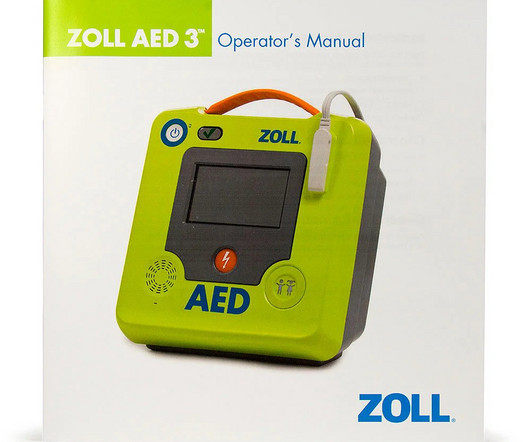How To Approach Psychogenic Symptoms
Science Based Medicine
MAY 8, 2024
Remember back in 1997, the Pokemon seizure episode? Hundreds of children reported symptoms, including seizures, after watching a specific episode of the Pokemon cartoon that includes a sequence of flashing alternating red and blue lights. The press reported the episode at face value, attributing the reaction to a known phenomenon of photosensitive epilepsy.
























Let's personalize your content